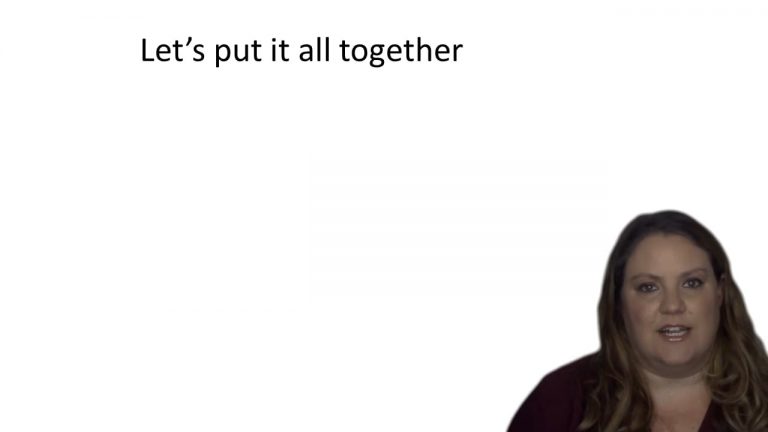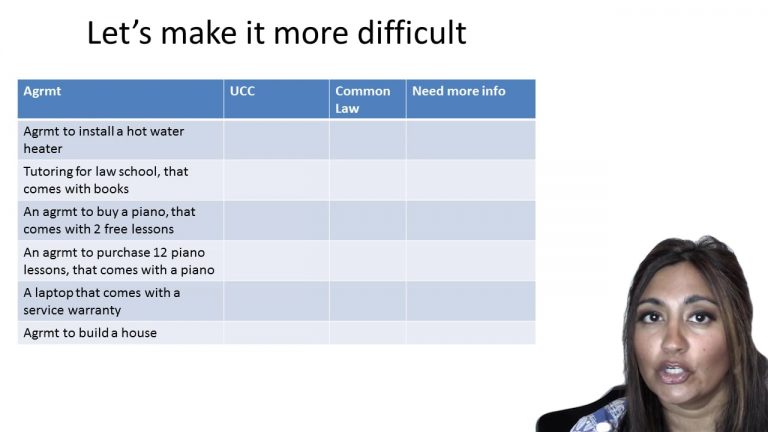SmartBrief
Confirm favorite deletion?
Criminal Procedure Keyed to Ohlin
Rose v. Lundy
Citation:
455 U.S. 509 (1982)Facts
Following a jury trial, respondent Noah Lundy was convicted on charges of rape and crime against nature, and sentenced to the Tennessee State Penitentiary. The Tennessee Court of Criminal Appeals affirmed the convictions and the Tennessee Supreme Court denied review. The respondent subsequently filed a petition in federal district for a writ of habeas corpus on the ground that he had been denied the right to confrontation; that he had been denied the right to a fair trial; that the trial judge improperly instructed the jury that every witness is presumed to swear the truth. After reviewing the state court records, however, the district court concluded that it could not consider claims in the constitutional framework because the respondent had not exhausted his state remedies for those grounds. The court nevertheless stated that in assessing the atmosphere of the cause taken as a whole these items may be referred to collaterally.
Only StudyBuddy Pro offers the complete Case Brief Anatomy*
Access the most important case brief elements for optimal case understanding.
*Case Brief Anatomy includes: Brief Prologue, Complete Case Brief, Brief Epilogue
- The Brief Prologue provides necessary case brief introductory information and includes:
Topic:
Identifies the topic of law and where this case fits within your course outline.Parties:
Identifies the cast of characters involved in the case.Procedural Posture & History:
Shares the case history with how lower courts have ruled on the matter.Case Key Terms, Acts, Doctrines, etc.:
A case specific Legal Term Dictionary.Case Doctrines, Acts, Statutes, Amendments and Treatises:
Identifies and Defines Legal Authority used in this case.
- The Case Brief is the complete case summarized and authored in the traditional Law School I.R.A.C. format. The Pro case brief includes:
Brief Facts:
A Synopsis of the Facts of the case.Rule of Law:
Identifies the Legal Principle the Court used in deciding the case.Facts:
What are the factual circumstances that gave rise to the civil or criminal case? What is the relationship of the Parties that are involved in the case.Issue(s):
Lists the Questions of Law that are raised by the Facts of the case.Holding:
Shares the Court's answer to the legal questions raised in the issue.Concurring / Dissenting Opinions:
Includes valuable concurring or dissenting opinions and their key points.Reasoning and Analysis:
Identifies the chain of argument(s) which led the judges to rule as they did.
- The Brief Prologue closes the case brief with important forward-looking discussion and includes:
Policy:
Identifies the Policy if any that has been established by the case.Court Direction:
Shares where the Court went from here for this case.
Topic Resources
Topic Videos
 10m 39s
10m 39s 14m 27s
14m 27sTopic Outline
Topic Refresher Course
